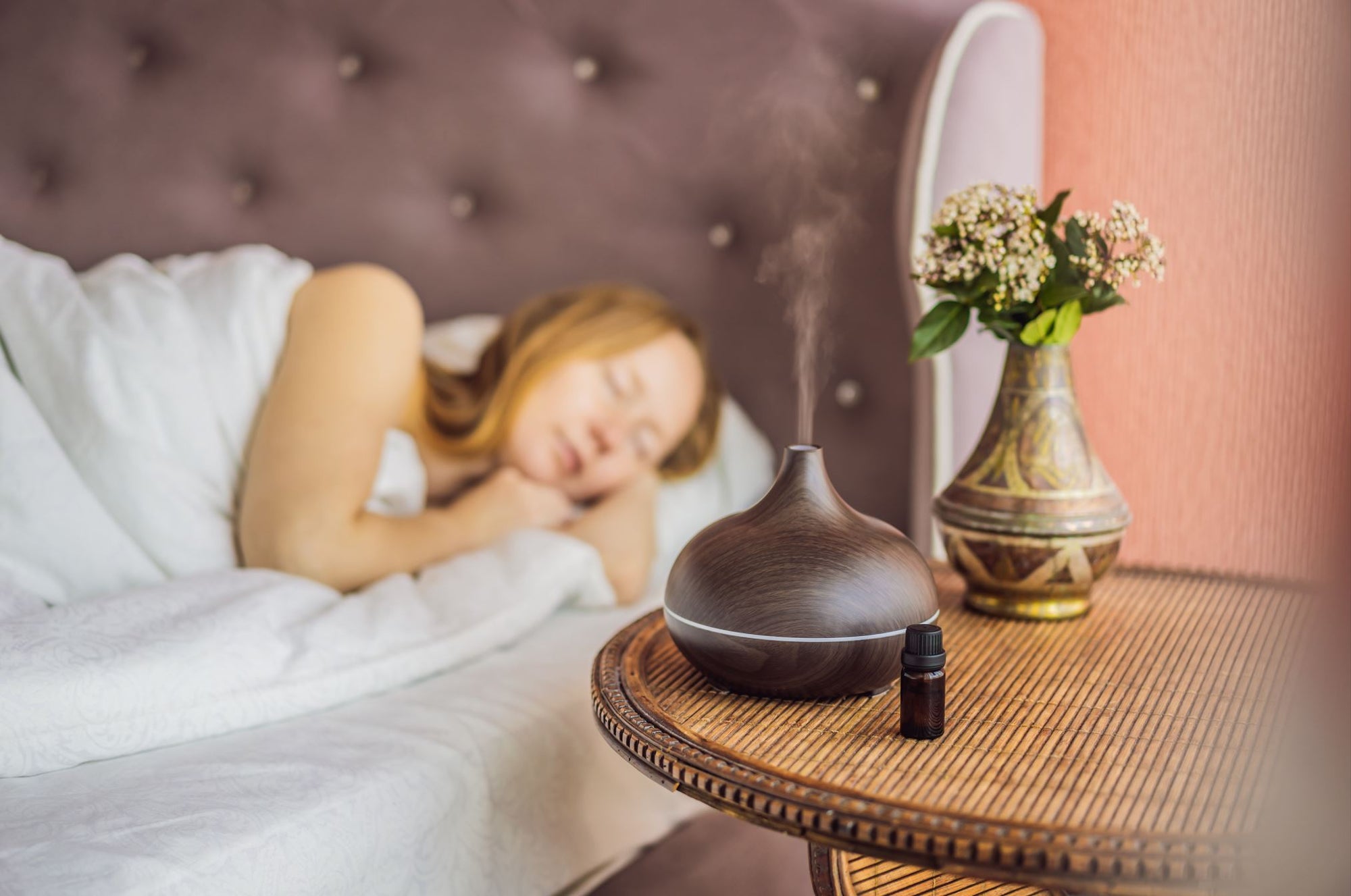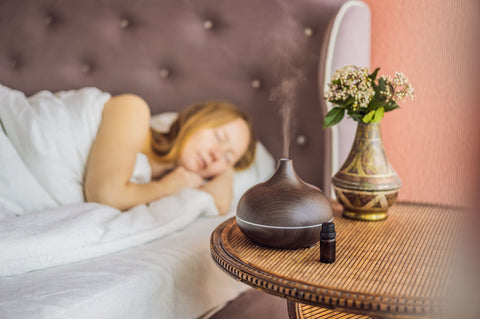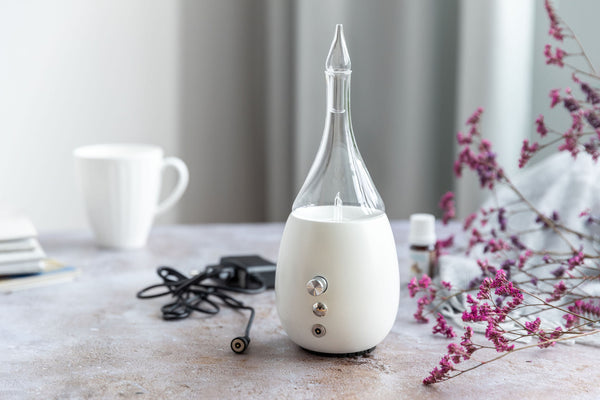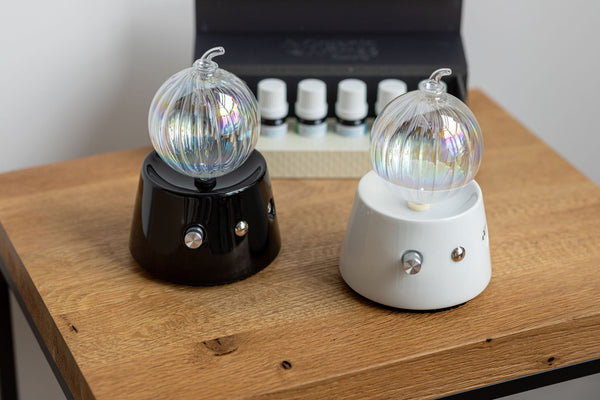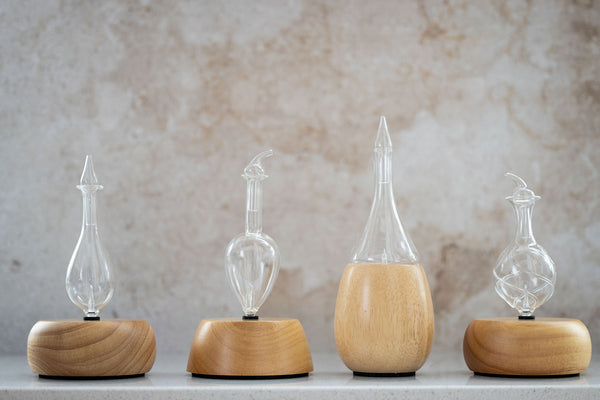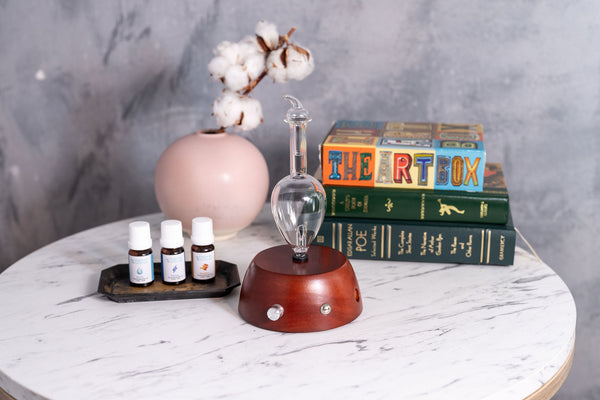Love the Camomile scent, excellent gentle products, love it
My favourite deodorant! Seriously, it's the best and the only one I use. And it lasts a very long time. Highly recommend.
After trying many different brands this deodorant is the only one that keeps me from stinking by midday. It smells great and the tube lasts for a long time.


